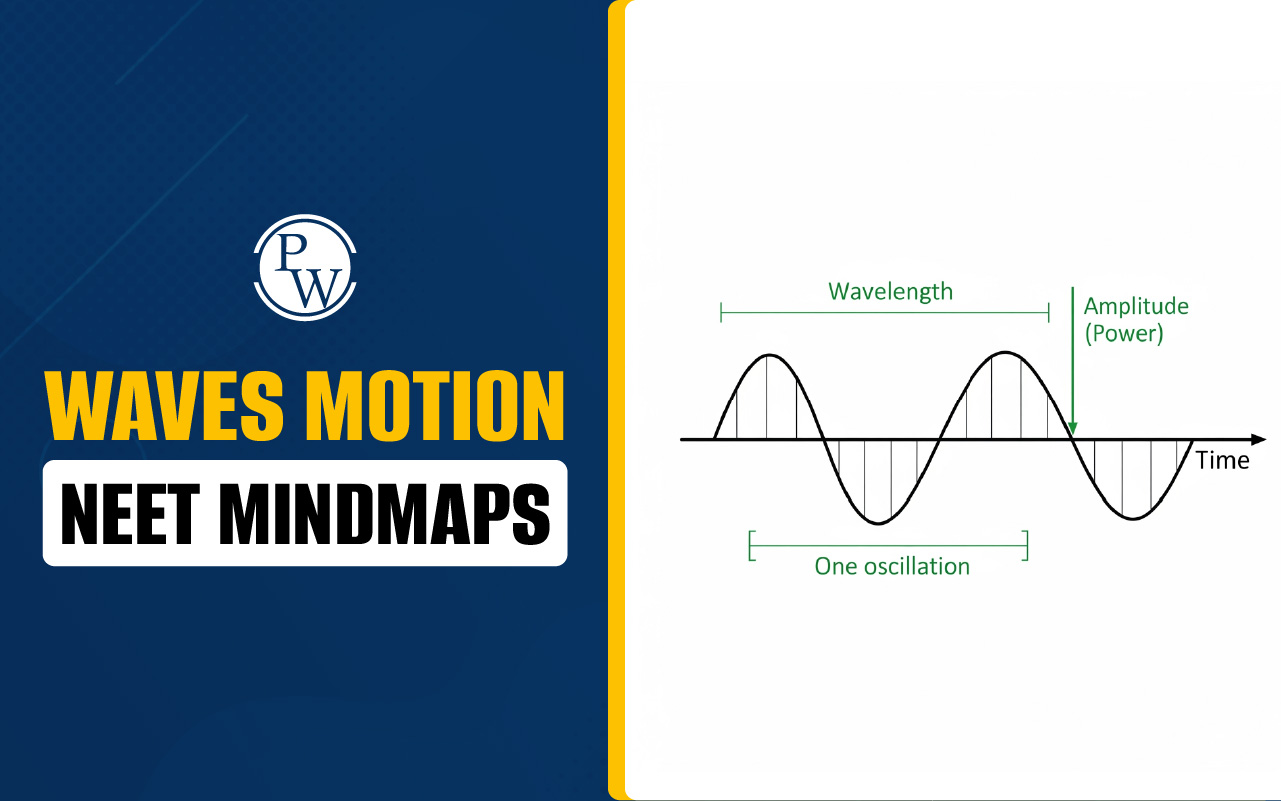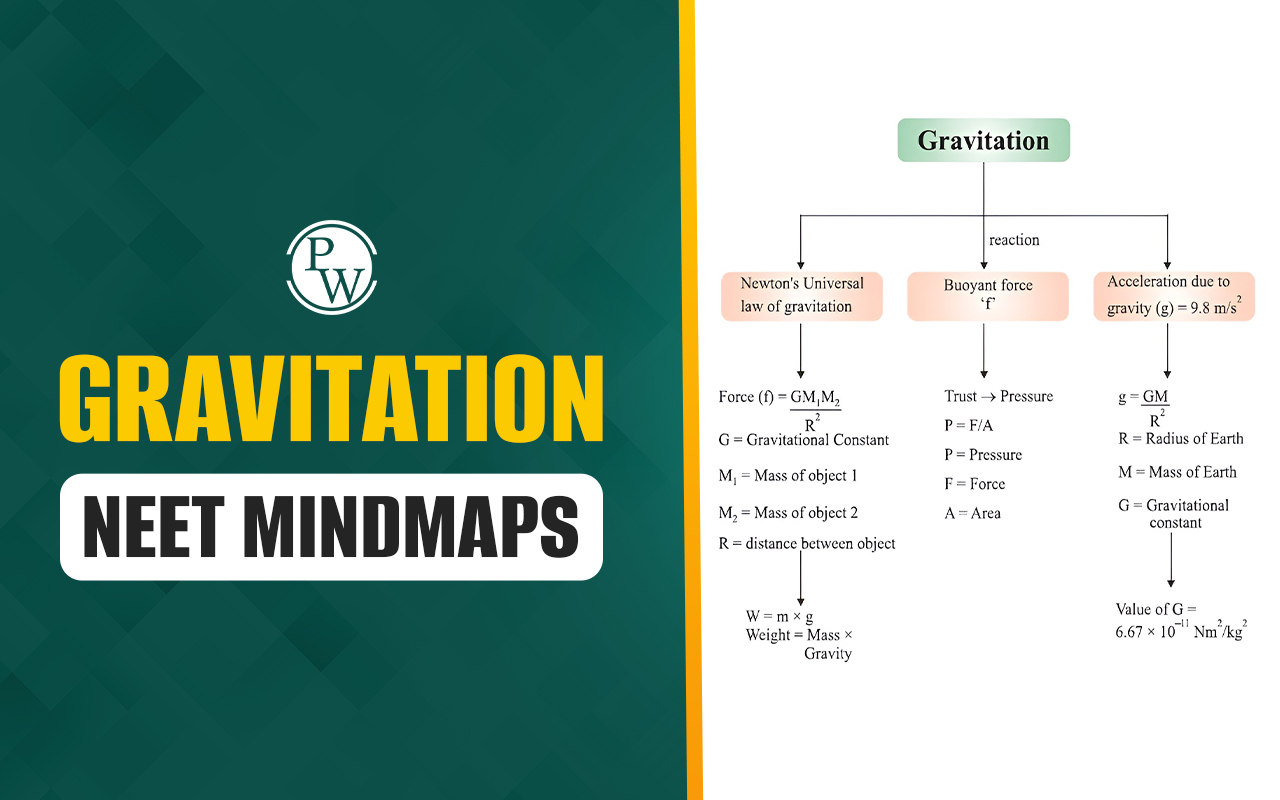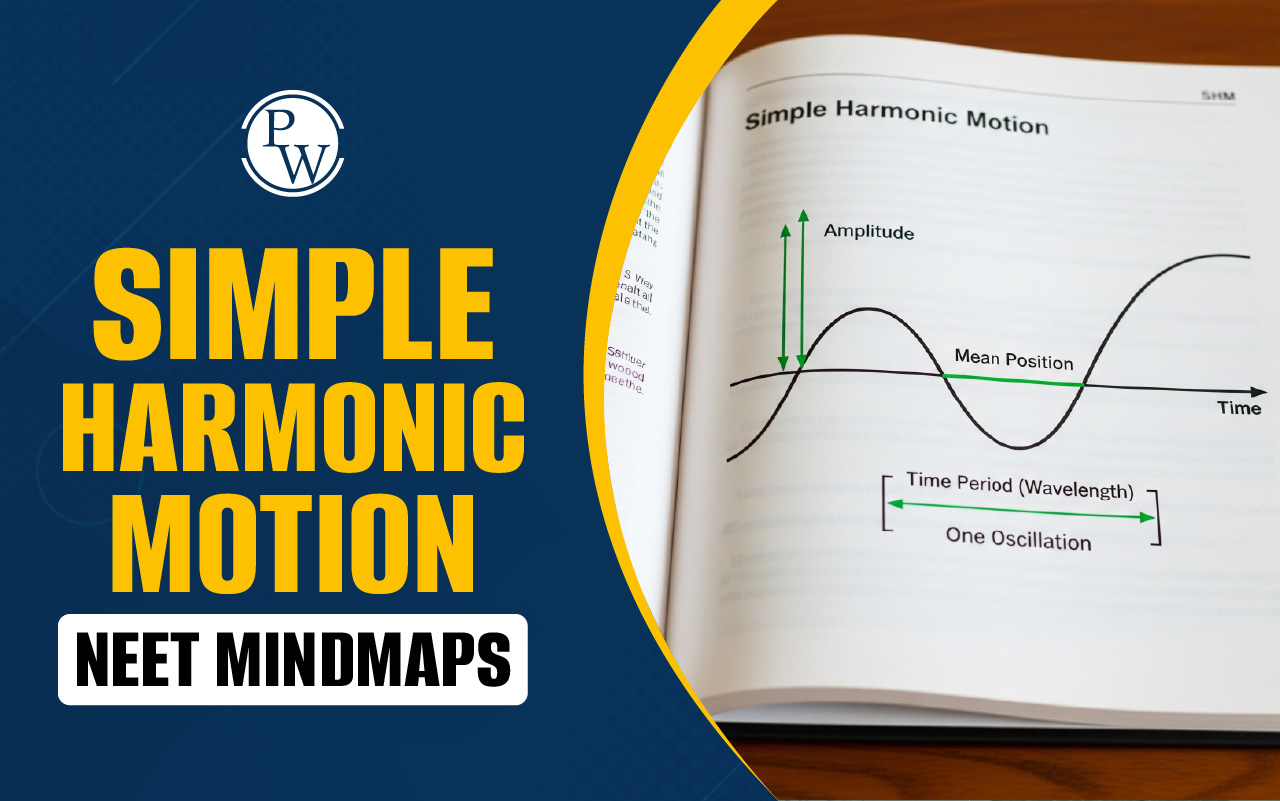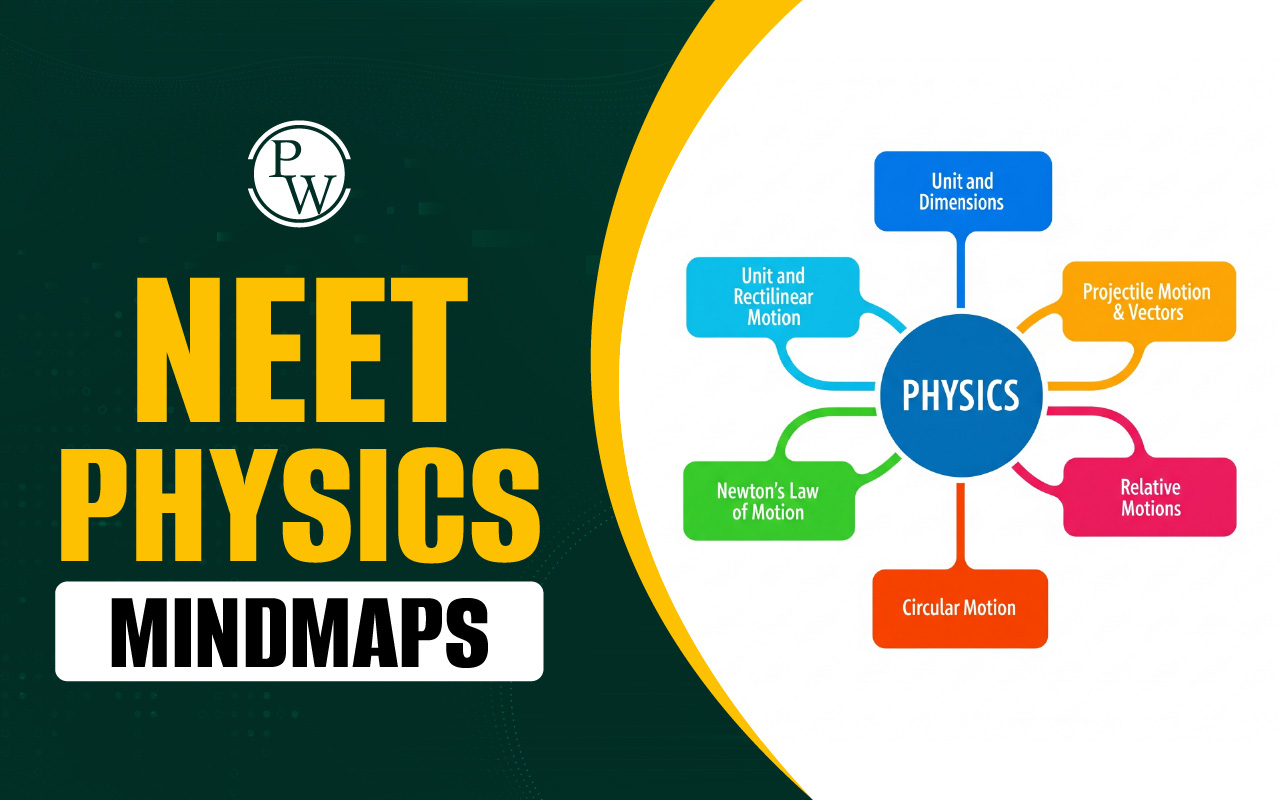

Inflorescence is a fundamental aspect of plant morphology that helps in understanding flower arrangement and its role in reproduction. The two main types—racemose and cymose—are distinguished by the growth pattern of the main axis and the order of flower development. Learning about inflorescence helps students appreciate the diversity of flowering plants and aids in plant identification and classification, which is significant for the NEET Exam .
Definition of Inflorescence
Inflorescence is defined as the arrangement of flowers on the floral axis, which may include the main stem or branches. It describes how flowers are borne in clusters or individually on a plant, depending on the species. The floral axis, often called the peduncle, supports the flowers and determines the type of arrangement. Inflorescence is an important feature in plant classification and identification.Types of Inflorescence
Inflorescences can be broadly classified into two major types based on how the flowers grow and mature: racemose and cymose . Some plants may exhibit specialized or mixed forms of inflorescence as well.
Racemose Inflorescence
In racemose inflorescence, the main axis continues to grow indefinitely, and flowers are borne laterally in an acropetal order. This means that older flowers are located at the base of the axis, while younger flowers are towards the top. The growth of the main axis does not stop even as new flowers form. Examples: Mustard (Brassica) and Radish (Raphanus).
Types of Racemose Inflorescence
There are six types of racemose inflorescence:
- Raceme: Flowers are arranged along the unbranched main axis, each with a small stalk (e.g., Larkspur).
- Spike: Flowers are directly attached to the main axis without stalks (e.g., Wheat).
- Umbel: All flowers are borne on stalks of equal length and arise from a single point (e.g., Coriander).
- Catkin : Like a spike, but the flowers are usually unisexual (either male or female). These flowers lack petals or sepals, as they are wind-pollinated.
- Spadix : Similar to a spike but with flowers of different sexes located at different parts of the spadix—female flowers at the bottom and male flowers at the top.
- Panicle: A more complex version of a raceme, where each flower is on its own stem (pedicel) and all are attached to the main rachis, which may be linked to a central axis.
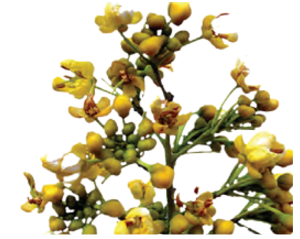
Cymose Inflorescence
In cymose inflorescence, the main axis terminates in a flower, which stops its growth. Subsequent flowers develop from lateral buds in a basipetal order, meaning the youngest flowers are at the base, and older flowers are at the top. Examples : Jasmine (Jasminum) and Cotton (Gossypium).
Types of Cymose Inflorescence
There are three types of cymose inflorescence:
- Uniparous Cyme: A single lateral branch develops from the main axis (e.g., Solanum).
- Biparous Cyme: Two lateral branches arise from the main axis (e.g., Dianthus).
- Multiparous Cyme : Several branches arise from the main axis (e.g., Nerium).
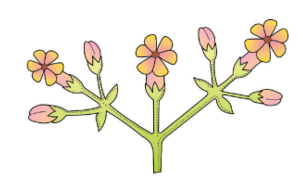
Special Types of Inflorescence
Inflorescence refers to the arrangement of flowers on the floral axis. Some plants have unique inflorescence structures that help in distinguishing them. Here are a few special types of inflorescences:
- Cyathium : In this type of inflorescence, the bracts or involucres fuse to form a cup-shaped structure. A female flower is located at the center of this structure and matures earlier than the male flowers.
- Example: Poinsettia.
- Verticillaster : Here, leaves are arranged opposite to each other on the stem. The inflorescence develops from the axils of each leaf.
- Example : Ocimum (Basil).
- Hypanthodium: The upper part of the peduncle is modified into a pear-shaped structure, which forms a cavity with a pore (ostiole). Female flowers develop at the base of the cavity, while male flowers are located towards the pore.
- Example : Peepal, Banyan.
MCQs of Inflorescence
Q1. The inflorescence axis is known as;
- Pedicel
- Thalamus
- Peduncle
- Petiole
Q2. In _________ inflorescence, the growing point terminates with a flower.
- inflorescence with the basipetal arrangement
- inflorescence with the acropetal arrangement
- racemose
- None of these
Q3. In the racemose type of inflorescence, the floral axis shows;
- indefinite growth
- continues to form new flowers
- acropetal arrangement
- All of these
Answers of MCQs of Inflorescence
Ans1 . Peduncle, Ans2 . Inflorescence with basipetal arrangement, Ans3. All of these Physics Wallah offers affordable online coaching for NEET UG , making complex concepts simple and helping students achieve their dream scores with ease.
| NEET Exam Important Links | |
|---|---|
| NEET Syllabus | NEET Biology Diagrams |
| NEET Biology MCQ | NEET Biology Chapter wise Weightage |
| NEET Biology Notes | NEET Previous Year Question papers |
Inflorescence FAQs
Q. What is an example of an inflorescence?
Q. What is inflorescence?
Q. What is the difference between a flower and an inflorescence?
Q. What is another word for inflorescence?




